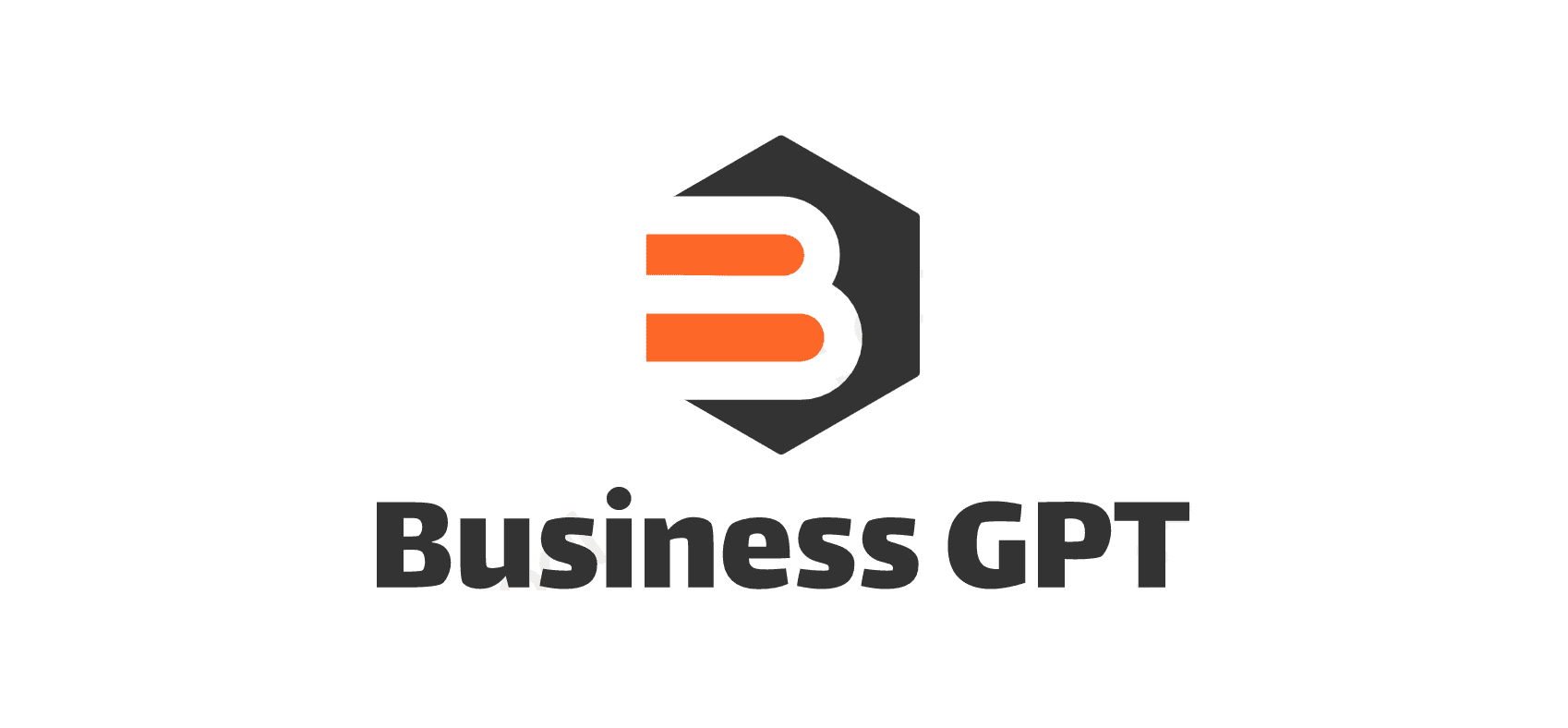Why Might a Google Cloud Customer Choose to Use Cloud Functions

Why Might a Google Cloud Customer Choose to Use Cloud Functions – In the world of cloud computing, Google Cloud Functions is a serverless computing platform that allows developers to build and run event-driven applications and services without worrying about the underlying infrastructure.
But why might a Google Cloud customer choose to use Cloud Functions? In this article, we’ll explore some of the main reasons.
Cost Efficiency
One of the biggest advantages of using Cloud Functions is its cost efficiency. With Cloud Functions, customers only pay for the actual usage of the service. This means that they don’t have to worry about maintaining and scaling their own infrastructure, which can be a costly and time-consuming process. With Cloud Functions, customers can also avoid paying for idle resources, which can result in significant cost savings.
Scalability
Another reason why a Google Cloud customer might choose to use Cloud Functions is its scalability. With Cloud Functions, customers can easily scale their applications up or down based on the demand. This means that they can handle sudden spikes in traffic without having to worry about capacity planning or provisioning additional resources. Cloud Functions automatically scales the resources based on the incoming requests, ensuring that the application stays responsive and available.
Flexibility
Cloud Functions also provides a high degree of flexibility to developers. Customers can choose from a wide range of programming languages, including JavaScript, Python, Go, and more. This means that developers can use their preferred language and tools to build and deploy their applications. Cloud Functions also integrates seamlessly with other Google Cloud services, such as Cloud Storage, Pub/Sub, and more, making it easy to build and deploy complex applications.
Event-Driven Architecture
Cloud Functions is designed to work with event-driven architectures. This means that customers can trigger their functions based on events, such as changes in a database, file uploads, or messages in a queue. This allows customers to build robust and reactive applications that can respond to changes in real-time. With Cloud Functions, developers can easily create event-driven workflows that integrate with other Google Cloud services, such as Cloud Pub/Sub, Cloud Storage, and more.
Easy to Use
Finally, Cloud Functions is easy to use. Customers can deploy their functions with just a few clicks using the Google Cloud Console or the command-line interface. Cloud Functions also provides a rich set of APIs and SDKs that developers can use to build and deploy their applications. This means that developers can focus on building their applications, rather than worrying about the underlying infrastructure.
Conclusion
In conclusion, there are many reasons why a Google Cloud customer might choose to use Cloud Functions. From cost efficiency to scalability, flexibility, event-driven architecture, and ease of use, Cloud Functions provides a powerful and flexible platform for building and deploying event-driven applications and services. By leveraging the power of Cloud Functions, customers can build robust and reactive applications that can respond to changes in real-time, while also reducing costs and minimizing infrastructure management.
If you found this article useful, check the rest of our blog.




